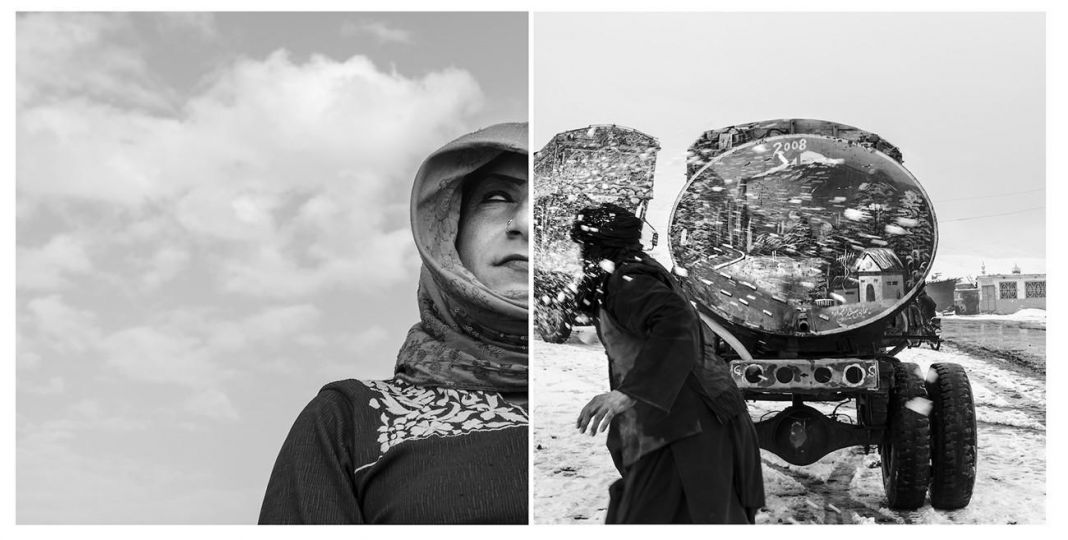Me, Myself and I, The Countess of Castiglione is an exhibition in Brussels balancing between the 19th and 21st century. It is centered around the work of a photography pioneer whose work foreshadowed, in many respects, the relationship that we have with the image today. This unique personality from the 19th century is none other that of the Countess of Castiglione, whose own life merits a novel and whose art turned out to be quite extravagant.
Born Virginie Oldoini in 1837, this Italian worman coming from Tuscan nobility married François Verasis, Count of Castiglione, in 1854. The Count would become the aide-de-camp to Victor-Emmanuel II of Savoy, King of Sardinia and Piedmont. With him, she would have one son, but would very quickly lead a life of decadence, collecting lovers and playing with her charms, particularly for political purposes. That is exactly how she found herself in Paris where she seduced Napoleon III, at a time when the nation status of Italy was still in suspense.
Beyond this extravagant life, what distinguished her was the creative work she began in the 1850s with French photographer Pierre-Louis Pierson, for whom she would pose as a model before soon reversing the roles, in a way, and passionately directing the staging of the shots, the accessories, her pouts, her acting in short. We should talk about directed self-portraits rather than portraits. In these images, there is an astounding narcotic vis-à-vis taking place: a narcissistic look at oneself, at the images one wants to give to others, at the image of social class and its fineries, at the allegorical figures passed down from art history, particularly present in the word of etching, where the origin of photography was seen. One also thinks about this transition between painting and photography, since black and white prints were, at first, voluntarily colorized, retouched by hand to correct imperfections or to create a more realistic image.
In short, one can see in these works the origins of the selfie, which has spread like wildfire in recent years with new technologies to the point of almost becoming a “new genre” of photography. The Countess of Castiglione’s work is here precisely to show us how far back the origin of the selfie goes. In the art world, one can also see striking resemblances of the Countess’s images in the works of, first, Claude Cahun, then of Cindy Sherman and Gilbert & Georges. Even recently still, they can be seen in the work of Sophie Calle, Ryan Trecartin.
The titles of the images are also very interesting. We are not far from the caricature world of Honoré Daumier, though this is more ambiguous and subtle since we are continuously oscillating on a delicate thread between real and pastiche. An anecdote that speaks volumes about the titles is this: in 1863, she received an invitation to a costume ball at the Tuileries. She went dressed as the Queen of Etruria. But the costume was misunderstood. They said that the Countess was believed to be almost naked. The press went wild. Her ex-husband, François, threatened to take their son Georges from her. She responded to this threat by sending a haughty photograph of herself that she titled “Vengeance”.
The Countess of Castiglione would continue to make photographs with photographer Pierre-Louis Pierson during the last years of her life, in time of poverty and isolation, audaciously and conscientiously superimposing her past beauty and the decline of her final years. It is the ultimate artistic attitude of the female dandy who had led a decisive existential experience around the image, whose extent we are now measuring today.
Me & Myself and I : la Comtesse de Castiglione
From September 8 through November 30, 2017
Keitelman Gallery
4 rue Van Eyck
Brussels 1000
Belgium
















